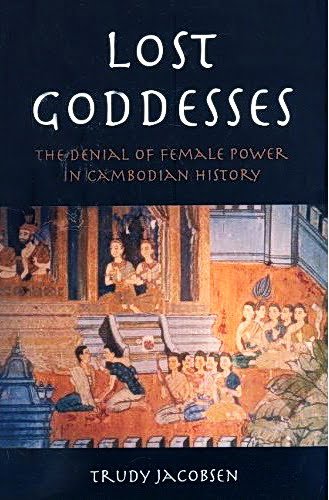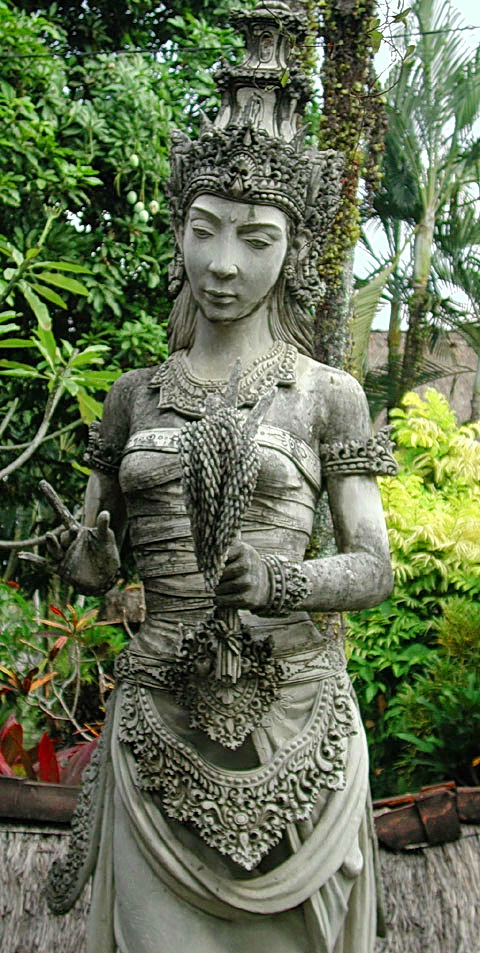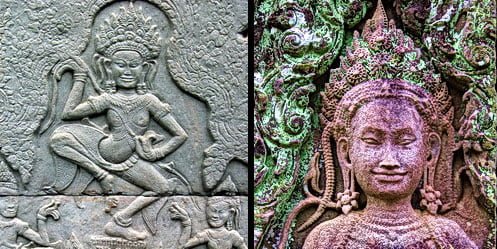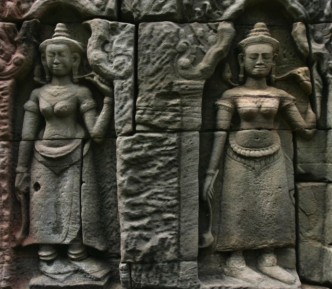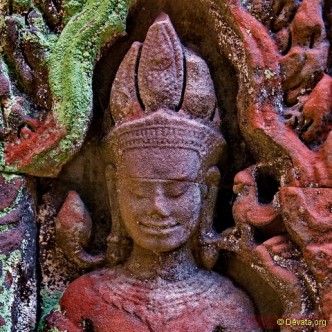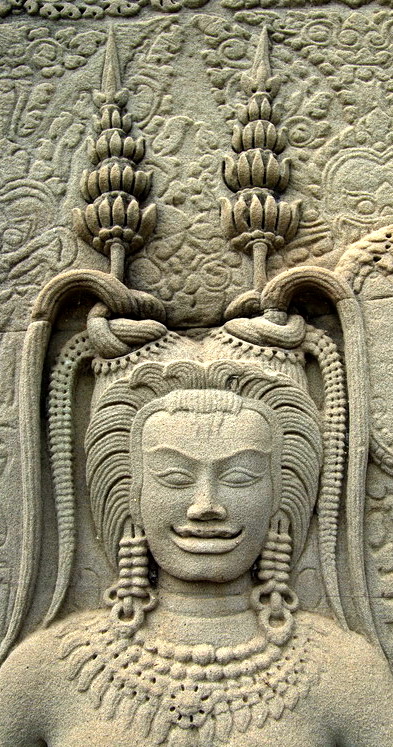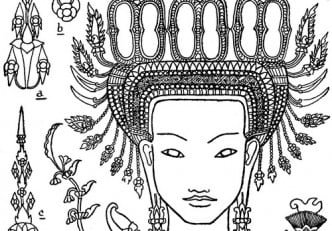
Book Review of Costumes of the Devata of Angkor Wat by Sappho Marchal
A mystery. How is it that in 1927, a 23-year-old woman understood more about the diversity of the 1,800 devata goddesses at the Khmer temple of Angkor Wat than mainstream scholars would see for the 80 years?
Equipped with nothing but a pad of paper and a pencil, Sappho Marchal was the first person to begin a quantitative analysis of the symbolism encoded in the royal female portraits immortalized in Angkor Wat. Who are these women? What hierarchy do they represent? Chances are the answers to these questions are portrayed in Sappho’s clear drawings.

